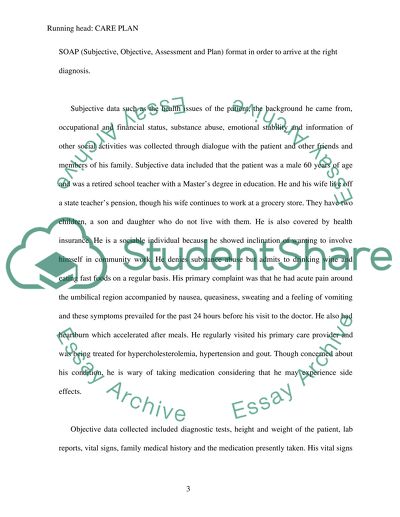Cite this document
(“Care Plan Assignment Example | Topics and Well Written Essays - 1250 words - 1”, n.d.)
Retrieved from https://studentshare.org/nursing/1656024-care-plan
Retrieved from https://studentshare.org/nursing/1656024-care-plan
(Care Plan Assignment Example | Topics and Well Written Essays - 1250 Words - 1)
https://studentshare.org/nursing/1656024-care-plan.
https://studentshare.org/nursing/1656024-care-plan.
“Care Plan Assignment Example | Topics and Well Written Essays - 1250 Words - 1”, n.d. https://studentshare.org/nursing/1656024-care-plan.


